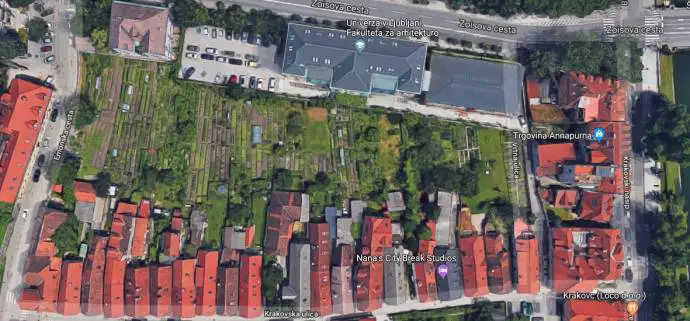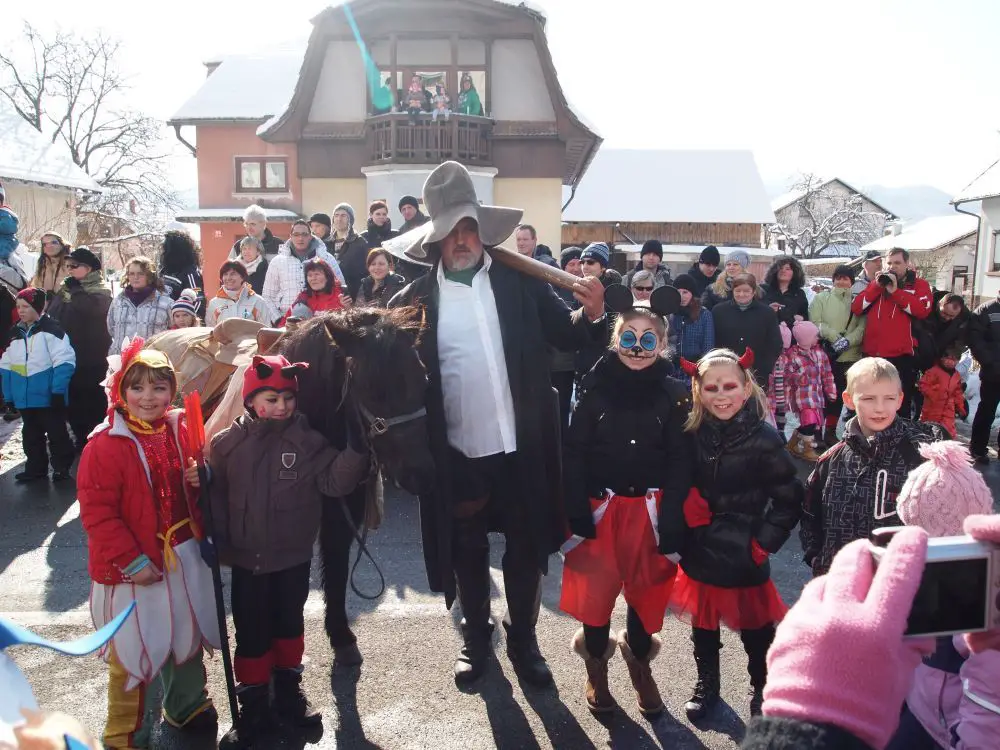February 23, 2018
There are many street names in Slovenia that only appear once, such as Adamič- Lundrovo nabrežje in Ljubljana, named after Ivan Adamič and Rudolf Lunder who lost their lives in that place (at the ages of 15 and 22, respectively) in 1908 as a result of nationalist tensions (between the German and Slovenian speaking population).
Yet there are also many street names which constantly reappear in various places across the country. In this article we list the top 10 streets in Slovenia by their frequency, as reported by the Statistical Office of Slovenia (SURS), and look into where they got their names from. It is important to note that streets and roads are counted separately by SURS, meaning that the 32 counts of Trubarjeva ulica, for example, do not include six counts of Trubarjeva cesta.
- GUBČEVA ULICA, frequency of appearance: 30
Named after Matija Gubec (about 1548 – 1573), a Croatian peasant and leader of the 1573 Slovenian-Croatian peasant revolt, which lasted for a couple of weeks until the revolting peasants lost their battles and their leadership was killed on the field or captured. The captured Matija Gubec was publicly executed at St. Mark’s Square in Zagreb by the then popular methods of torture, including tearing flesh with red-hot iron forceps, crowning with a red-hot iron “crown” and quartering, to name a few.
Matija Gubec is one of the few national heroes Slovenia and Croatia share with each other, as well as one of the most well-known ones.
- TRUBARJEVA ULICA frequency of appearance: 32
Primož Trubar (1508 - 1586) was a Protestant reformer and author of the first printed book that was written in Slovenian. Trubar lived on and off in Ljubljana between the years 1536 and 1548, when he was excommunicated by the local Catholic church and his house at Levstikov trg in Ljubljana was seized by the authorities. Trubar escaped to Germany, where he formed a family of six with his wife, Barbara Sitar, and where he also died in 1586.
- LEVSTIKOVA ULICA frequency of appearance: 34
Fran Levstik (1831 – 1887) was a Slovenian writer, poet and linguist. His best known work is a short story about Martin Krpan, a Slovenian salt smuggler of unusual size and strength.
Martin Krpan with his mare Kobilica at Cerknica carnival in 2013
- PREČNA ULICA frequency of appearance: 36
A short street connecting two main streets: prečna – cross; prečka - cross piece.
- KAJUHOVA ULICA, frequency of appearance: 39
Karel Destovnik - Kajuh (1922 - 1944), a Slovenian poet and resistance fighter. Kajuh was killed in a German offensive in 1944, and was declared a national Yugoslav hero in 1953.
- GREGORČIČEVA ULICA, frequency of appearance: 39
Simon Gregorčič (1844 – 1906) was a Slovenian poet, known for his lyric poetry. One of his best-known works is his ode Soči (To the Soča) which he dedicated to the beauty of the Slovenian River and the nationalist struggles of the Slovenian peoples. Retroactively, the poem predicts the River Soča valley as one of the fiercest battlefields of the First World War, fought mainly by young Slovenian soldiers drafted to either of the belligerent sides, Italy and Austria.
- CANKARJEVA ULICA, frequency of appearance: 44
Ivan Cankar (1876 – 1918), one of the biggest names in Slovenian literature, a poet, writer, playwright, essayist and political activist. And it’s not just streets, as several cultural centres in the country are named after him, including the largest one in Slovenia, Cankarjev dom in Ljubljana, where several events will take place in the Year of Cankar, marking the 100 anniversary of his death this year.
- VRTNA ULICA, frequency of appearance: 45
This means Garden Street, in translation. An exemplary location of Vrtna ulica in Ljubljana is the so-called Solatendorf (Lettuce village) or what is left of it between Zoisova Road and Krakovska Street:
- PREŠERNOVA ULICA, frequency of appearance: 45
France Prešeren (1800 – 1849), considered Slovenia’s No.1 poet and also the author of Zdravljica (Toast), a poem of which seventh stanza later became the lyrics of the Slovenian national anthem.
- ŠOLSKA ULICA, frequency of appearance: 52
School Street, usually found near a local school.
For more information on these and the rest of the Slovenian street names, click here.








